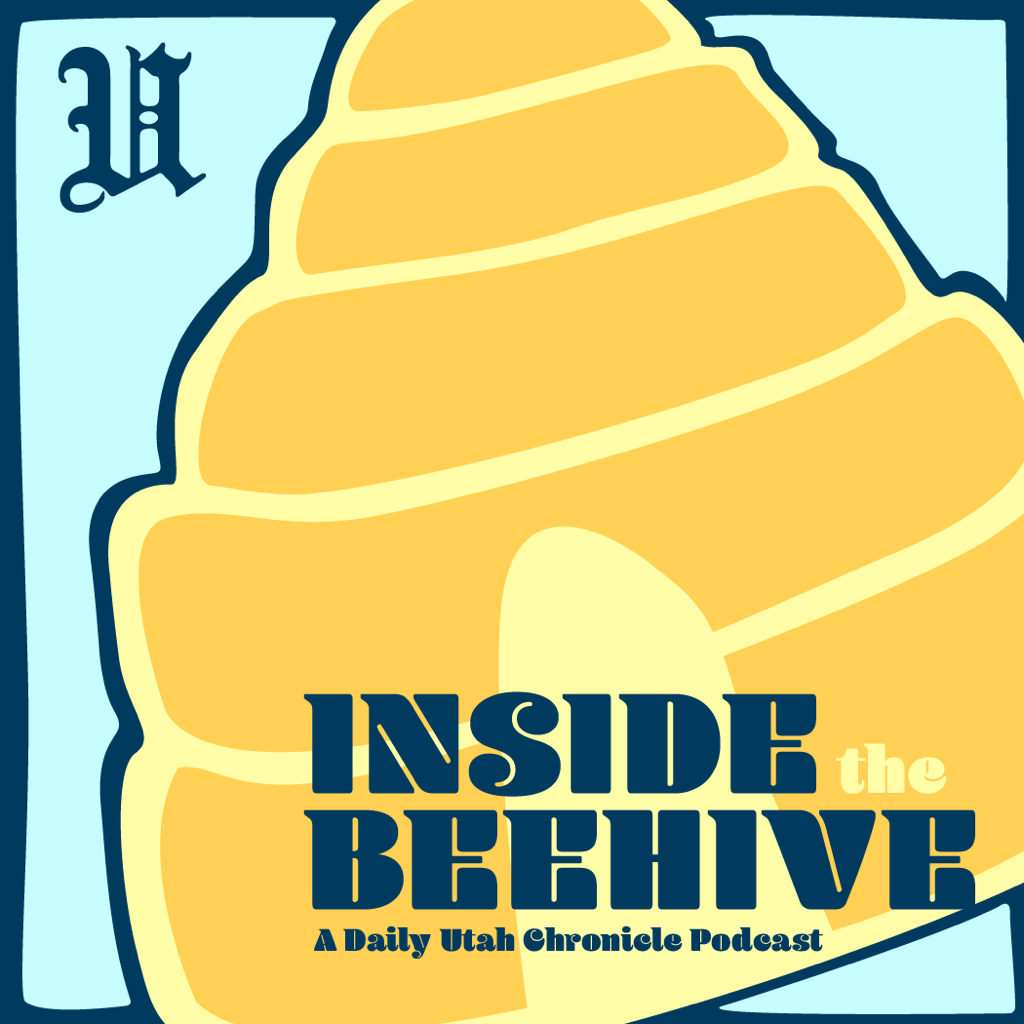Want to see a dinosaur face-to-face?
The Natural History Museum of Utah is rolling out a new digital program for elementary and middle school students across the state to bring dinosaur bones to life.
Research Quest brings models from the paleontology collection into the classroom for students to study, said Madlyn Runburg, director of education initiatives at the museum.
NHMU is following the trend of other museums, such as the Smithsonian, to digitize their collections through 3D scanning and photography.
“It takes a long time,” Runburg said. “Whether you are taking a billion pictures and stitching them all together or using a scanner.”
Once they had the 3D models, they had to create an innovative program for students to engage with. Working with the U’s Instructional Design and Education Technology and the Entertainment Arts and Engineering programs, they invented a way for students to think critically and test their hypotheses about dinosaurs.
The first Research Quest worked to solve the mystery behind the Cleveland Lloyd Dinosaur Quarry, the largest bed of Jurassic bones ever found.
After working with over 200 students from Title I schools, they found consistent results that students improved their critical thinking and evidence-based claims.
Kim Bockholt, a sixth grade school teacher at Antelope Elementary School, loved the program and signed up to do it again. Last year, the museum staff led the programs with videos, dinosaur bone models and the digital component. This year, Bockholt will go through four hours of training and will lead her class in the program.
“The kids were super engaged,” Bockholt said. “It’s good for students because they need the real-life experience of handling things.”
Runburg is particularly interested in improving the students’ critical thinking, collaboration and communication, all traits the Department of Workforce Services — one of the funders of the project — believes are crucial for employment.
The Research Quest program is mainly funded by the Joseph and Evelyn Rosenblatt Charitable Fund. The Wagner Foundation, Utah State Legislature and the Utah Cluster Acceleration Partnership were additional supporters to the approximately $250,000 project.
Starting this month, Research Quest will be at 100 middle schools from Granite, Weber, Davis and Jordan districts.
For now, only teachers who are using the program can access the online dinosaur lab. Runburg doubts it will be long before more of the museum’s pieces are digitized and available to the public. As software companies continue to make consumer-friendly viewers and editing tools, it will only gain in popularity.
“I don’t think in the next five years we’re going to see object collections widely available through 3D technology,” Runburg said. “But I think we’re getting there.”
@carolyn_webber











